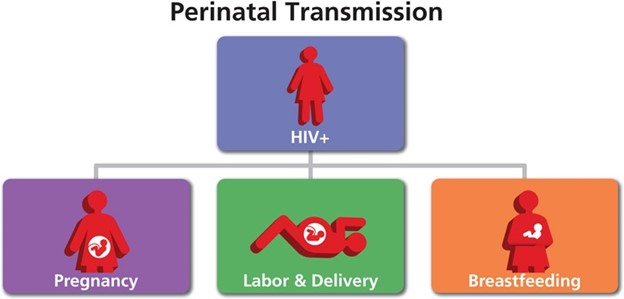When caring for an infant with an upper respiratory tract infection and elevated temperature, which appropriate nursing intervention should the nurse implement?
Give tepid water baths to reduce fever.
Encourage food intake to maintain caloric needs.
Have child wear heavy clothing to prevent chilling.
Give small amounts of favorite fluids frequently to prevent dehydration.
The Correct Answer is D
Give small amounts of favorite fluids frequently to prevent dehydration.
Dehydration is a common complication of upper respiratory tract infections in infants, especially if they have a fever. Giving small amounts of fluids frequently can help maintain hydration and electrolyte balance.
Some additional information about the other choices are:
Choice A is wrong because tepid water baths are not recommended for fever reduction. They can cause shivering, which increases heat production and can raise the
temperature further. Instead, antipyretics such as acetaminophen or ibuprofen can be given as prescribed.
Choice B is wrong because food intake may be decreased due to poor appetite, difficulty breathing, or sore throat. Forcing food intake can cause vomiting or aspiration. Fluid intake is more important than caloric intake during an acute infection.
Choice C is wrong because heavy clothing can increase heat retention and discomfort. The infant should be dressed in light clothing and the room temperature should be comfortable.
Nursing Test Bank
Naxlex Comprehensive Predictor Exams
Related Questions
Correct Answer is A
Explanation
Assess the parents’ anxiety level and readiness to learn. This is because the nurse needs to evaluate the parent’s emotional state and their ability to comprehend and retain information before providing any teaching.
The nurse should also consider the parent'slearning style, cultural background, and literacy level.
Choice B is wrong because gathering literature for the parents is not the first action. The nurse should first assess the parents’ needs and preferences and then select appropriate materials that match their level of understanding and language.
Choice C is wrong because securing a quiet place for teaching is not the first action. The nurse should first assess the parents’ readiness to learn and then choose a suitable environment that minimizes distractions and promotes comfort.
Choice D is wrong because discussing the plan with the nursing team is not the first action. The nurse should first assess the parents’ anxiety level and readiness to learn and then collaborate with other health care professionals to provide consistent and accurate information.
Correct Answer is D
Explanation
The correct answer is choice D. Perinatal transmission of HIV is when HIV is passed from a woman with HIV to her child during pregnancy, childbirth, or breastfeeding.

Breast milk from an infected mother can contain HIV and infect the baby.
Choice A is wrong because HIV can be transmitted at any stage of pregnancy, not only in the third trimester.
Choice B is wrong because needlestick injury is not a common mode of perinatal transmission of HIV. It is more likely to occur among health care workers who are exposed to contaminated needles or sharp objects.
Choice C is wrong because HIV can also be transmitted through the ingestion of amniotic fluid, but it is not the only way. Amniotic fluid is the fluid that surrounds and protects the baby in the womb.
Whether you are a student looking to ace your exams or a practicing nurse seeking to enhance your expertise , our nursing education contents will empower you with the confidence and competence to make a difference in the lives of patients and become a respected leader in the healthcare field.
Visit Naxlex, invest in your future and unlock endless possibilities with our unparalleled nursing education contents today
Report Wrong Answer on the Current Question
Do you disagree with the answer? If yes, what is your expected answer? Explain.
Kindly be descriptive with the issue you are facing.
